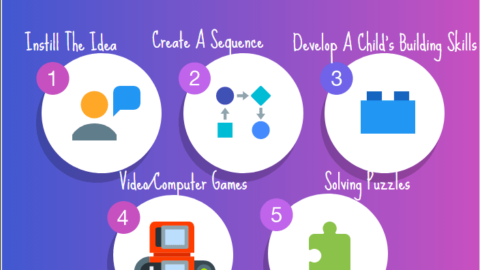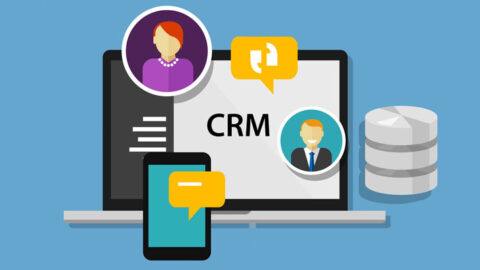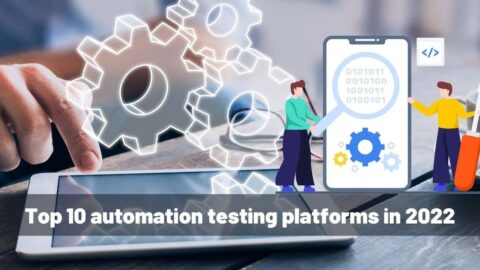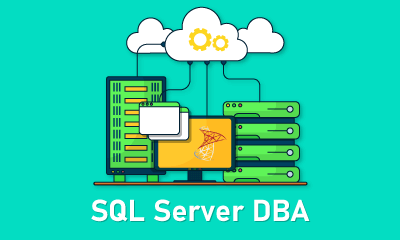What to Consider Before Starting Software Development
Software development is in the middle of technological advancement in every industry. This multifaceted and vast field gives rise to many tools that simplify operations. However, some developers are more inclined towards the entertainment and gaming worlds. Regardless of the project, it’s necessary to do perfect planning. Whether on a solo project or working as a large corporation, carefully considering the critical elements ensures success. This blog elaborates on the main factors for a seamless software development process and what to consider when starting software development.
Table of Contents
What to do before developing a software?
Before developing software, it is important to:
- Define clear objectives and requirements.
- Conduct market research and analyze competitors.
- Create a detailed project plan with timelines and milestones.
- Gather necessary resources, including a skilled development team and required tools.
- Develop a proof of concept or prototype to validate the feasibility and functionality of the software idea.
What do I need to start software development?
To start software development, you typically need the following:
- A clear software concept or idea.
- Skilled software developers or a development team.
- Development tools and software, such as integrated development environments (IDEs).
- Hardware resources, including computers or servers.
- Documentation and project management tools for planning and tracking progress.
Have a Proof of Concept
It’s paramount to assess the feasibility of the concept and idea even before the actual full-scale development. This is why coming up with a pilot project is essential, as it gives an impression of the capability of the proposed solution.
In this process, you create a small-scale software version and include the necessary features. This helps you check the performance, functionality, and potential challenges you’ll expect. As you embark on the proof of concept, look for the right platforms. Some experts offer solutions for this, making it easy to validate the feasibility accurately. From this, you can determine its value and what else to add. This gives you confidence as a developer, especially when dealing with a resource-intensive project.
Budgeting Before Starting Software Development
A lot of finances and time goes into software development, so have a sound allocation of resources. There is no better way to do this than creating a budget. Have a proper understanding of the skillset and size of your team, where you’ll classify them as in-house developers or outsourced.
Then, calculate the hardware and software expenses necessary for the project. Factor in the computers, software licenses, and servers. See if you need to alter the environment settings for sound work. Most importantly, set the best timeframe for the work, and the best way is to think of external factors such as market competition and regulations.
User Experience (UX) and Design
How your software will be successful depends on how intuitive the interface is. Pay more attention to the design and make it user-centered. However, for you to understand the needs and preferences well, do proper research on users and their expectations. Collect the necessary feedback in the usability testing sessions and which improvements you may consider.
Consistency is vital, ensuring the design works seamlessly throughout the software. It attracts users more, which is good for your growth. With time, keep improving the UX by utilizing technology..
Technology Stack
Even after assembling the necessary software and hardware, you must find additional resources, such as programming languages. You can choose options such as Python and Java, and what you choose depends on the nature of the tool you’re making.
Think also about the libraries you’ll need for the files and framework to work with. As you source such items, focus on scalability and ease of integration elements. This is where you see if your technologies can work well with different systems. Sometimes, you may need to use third-party services, and compatibility issues are crucial for this to happen.
Similarly, concentrate on the open-source solutions that may boost setup processes after Starting Software Development. Research widely on the alternatives and how each is fair regarding usability since these solutions often help you cut costs as you don’t need licenses.

Define Your Goals and Objectives Before Starting Software Development
You critically examine the problem you plan to solve. It helps you align your operations towards the same objective, acting as the guiding light. At the same time, such a sense of direction helps a team avoid confusion, even when the project at hand is immense.
To define objectives and goals effectively, begin with a sound requirements analysis. This is where you’ll bring together the functionalities and attributes you wish the software to have. You can rely on case studies, user stories, or even brainstorm ideas, as this will give you exhaustive pointers on what to target.
Data Management and Privacy
Data privacy regulations are emerging from time to time, the latest main ones being CCPA and GDPR. They aim to bring integrity to the way individuals and companies handle data. In software development projects, you’ll have to deal with chunks of data. Be sure to properly understand the data sets you’ll concentrate on.
Collect the details effectively and store them well. This includes indicating who can access it and the protocols. It makes you compliant with the regulations and ensures the user’s privacy is safeguarded. Put data backup systems and recovery strategies in place, as these ensure you’re well-prepared against data loss whenever an unpredicted event occurs.
Testing
Before launching, you must check if you’ve reached the target performance level and meet the specific requirements. You can quickly learn about this when you embark on aggressive testing. This task often needs a proper strategy in place. It must touch on different aspects, such as integration, units, user acceptance, and systemic issues.
This ensures that you can ably detect the flaws at the different developmental stages of the software and must be considered before starting software development. Find a way to automate the tests as, at times, there is repeatability in the work. This helps you have time efficiency and consistency, and more so as you do the regression testing.
On the other hand, don’t forget about security. This is where you do a security test to focus on safety. Check also on the vulnerabilities and threats that you face. As you do this, have proper user testing to gauge end-user experiences.

Deployment and Maintenance
The rollout of software development process needs to be efficient and smooth, and it must have a perfect deployment strategy. Some prefer the big bang approach, where you deploy everything at once. Others choose the incremental method, where they release it in stages. What dictates the option is the software’s complexity.
Monitoring the software’s performance is crucial even after it has been released. It’s the proper technique to comprehend the greatest maintenance strategies to consider and how to handle the problems. Plan out the release updates and the priority of the patches.
At the same time, look for the best channels to offer user support. Sometimes, individuals may have problems with their software or want to inquire about new features; hence, such customer engagement plans are pivotal.
Endnote for If You Are Starting Software Development
A software development process can be made simple with careful design and consideration. Have an accurate reflection of the project’s objectives and resources. Consider the best practices, such as correctly managing tests and data. Prior to beginning the tool’s real development, it is crucial to assess the tool’s viability.

11+ years strategic communications, marketing, and project management experience. I am a trainer at StarWood Training Institute, focusing on online courses for project management professionals.










